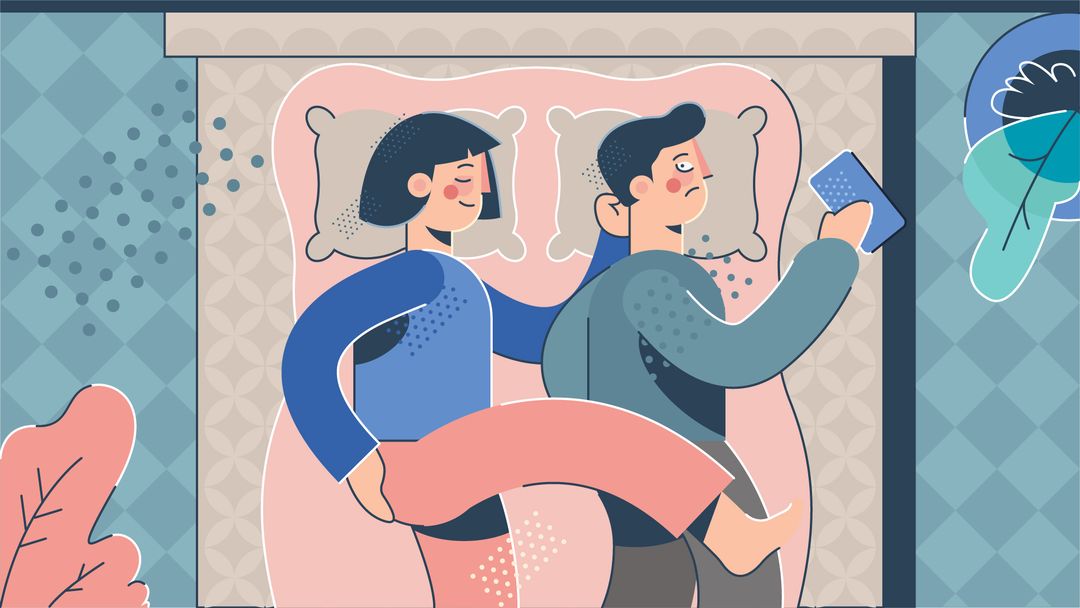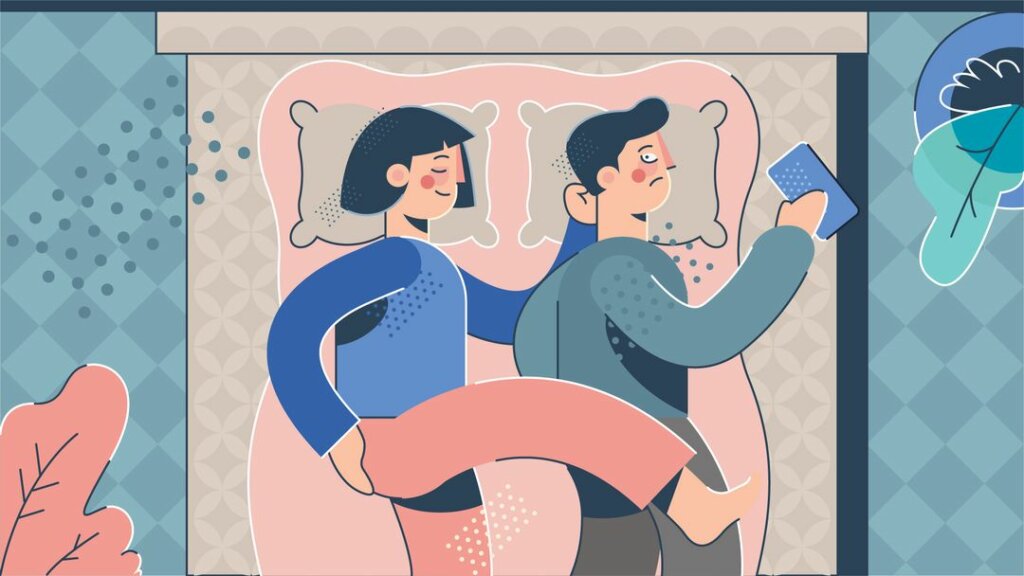Have you ever had that experience when you’re about to fall asleep, but then you get this sensation that you’re falling, and so you end up jerking yourself awake? This experience is pretty common (there are actually quite a few memes about it) and it is usually no cause for worry.
For some people though, this haphazard yet forceful jolting of the limbs, right when one drifts off into unconsciousness happens several times throughout the night—at least once every minute, in fact. As you can imagine, this type of condition can be quite annoying: not just for the person who has it, but even more so for their partner.
A sleep disorder called periodic limb movement disorder (PLMD) or now more commonly called periodic limb movements of sleep (PLMS) is characterized by these repetitive arm and leg movements during sleep. Here’s a quick lowdown on PLMS, and what you need to know to manage it.
Can’t sleep and don’t know why? Check out our Complete Guide to Sleep Disorders with symptoms, causes, and treatments on over twenty types of sleep disorders.
Quick Facts – Periodic Limb Movements of Sleep
Frequency: Around 2% of the global population for people age 30 and below, and up to 40% for those age 65 and up
Risk Factors: Smoking, being age 50 and above, excessive caffeine intake, pre-existing sleep disorders such as narcolepsy and restless legs syndrome (RLS)
Nature: Physical
Treatment: Treatment is typically not required nor necessary for this, except in cases that lead to severe sleep disturbance or sleep deprivation
Symptoms – Periodic Limb Movements of Sleep
Research finds that in certain cases, periodic limb movements of sleep or PLMS can be asymptomatic. PLMS patients who do not exhibit the common characteristics that define the condition are rare, however, and it’s typically the bed partner who is more aware of the patient’s movements during sleep. Here are some things to look out for if you think you (or your partner) might have PLMS.
- Uncontrollable, involuntary movement of arms and legs during sleep
- Daytime sleepiness or fatigue
- Repeated leg movements (Kicking, jerking, etc.) every 10-60 seconds during sleep, which can be sustained anywhere from a couple minutes to a few hours
- In cases where PLMS or PLMD exists with restless legs syndrome, patients can also experience uncomfortable sensations similar but not identical to “pins and needles” in the calves or thighs
Causes – Periodic Limb Movements of Sleep
The exact cause of periodic limb movements of sleep is still unknown, though many sleep experts believe it originates in the nervous system. Studies find that incidences of PLMS tend to increase with age and that it is usually linked to the sleep disorder restless legs syndrome.
The following are some factors that could contribute, though not necessarily cause, periodic limb movements of sleep.
- Other sleep disorders – 80% of patients with restless legs syndrome also have PLMS or PLMD. Narcolepsy has also been linked to incidences of PLMS.
- Iron deficiency
- Smoking and drinking
- Stress and excessive caffeine intake
Treatment – Periodic Limb Movements of Sleep
The first line of treatment for periodic limb movements of sleep is to determine a definite diagnosis for it, which can be done via an overnight sleep study, under the endorsement of your sleep specialist. In this kind of test, they put a monitor on your wrist and ankle to track your movements, if any, during sleep.
According to the Sleep Health Foundation, however, treatment isn’t necessary in most cases of PLMS unless it significantly disrupts sleep for the patient and/or their bed partner. The National Sleep Foundation echoes this message, and goes further by noting that medication is only needed if PLMS is accompanied by restless legs syndrome, chronic daytime fatigue, or insomnia.
How You Will Overcome Periodic Limb Movements of Sleep
As mentioned, periodic limb movements of sleep on its own does not require treatment and is not at all life-threatening (phew!). So unless you or your partner are suffering from significant sleep disruption leading to sleep deprivation due to PLMS, you don’t need to do anything about it.
However, if your limbs continue jerking at the most random times at night, and you’re constantly keeping yourself and/or your partner up, you can help manage your PLMS by making sure you get enough iron, quit smoking, and cut down on caffeine and alcohol. Basically, you just need to commit to a healthier lifestyle! This way, you can guarantee that you and your partner get high quality shuteye in deep, sweet slumber.
Did you know?
This article is part of our Complete Guide to Sleep Disorders – A resource that will help you get your quality sleep back. Click here to learn more about sleep disorders, their causes, symptoms and how to overcome them.



